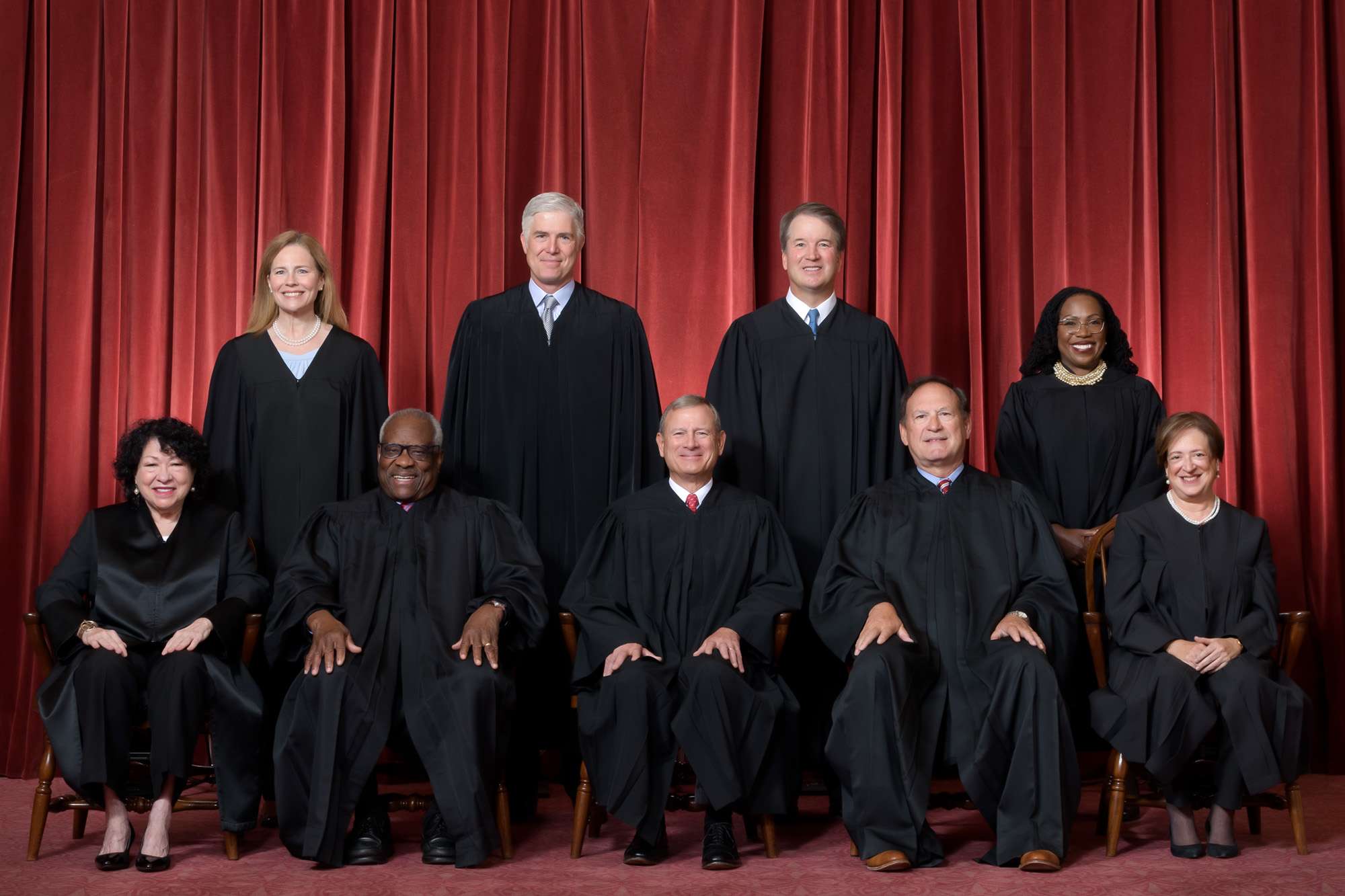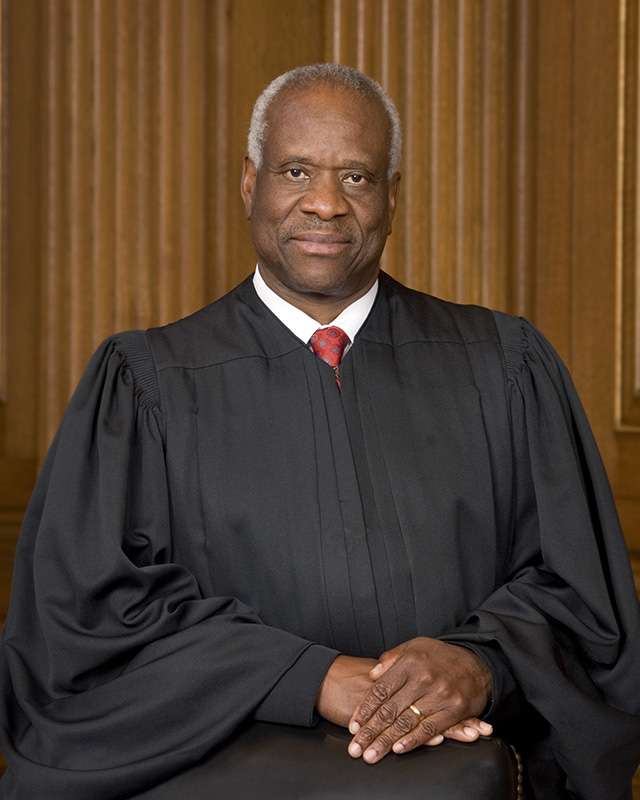
Washington D.C. — The U.S. Supreme Court is rearguing Louisiana v. Callais today, October 15, 2025 — a case that could redefine how race can be considered in drawing congressional districts and potentially shift the balance of power in Congress.
The dispute began after Louisiana lawmakers were ordered by a lower court to add a second majority-Black district, finding the state’s original map diluted Black voting strength under Section 2 of the Voting Rights Act. That new map was later struck down by another federal court, which ruled the lines amounted to unconstitutional racial gerrymandering.
The Court first heard arguments in the case on March 24, 2025, but requested additional briefing, prompting today’s reargument on whether any race-based redistricting — even when ordered as a remedy under the Voting Rights Act — is constitutional.
Civil rights advocates warn the outcome could dramatically weaken the landmark voting law, which has protected minority voting power for nearly 60 years. Legal experts say a ruling against the use of race-conscious maps could affect congressional boundaries in several states and potentially cost Democrats a number of seats. Some estimates suggest Republicans could gain as many as 15 to 19 districts nationwide if the Court strikes down such maps.

Conservative justices, including Clarence Thomas, have long questioned the constitutionality of using race in redistricting, emphasizing a “color-blind” interpretation of the law. Liberal justices, meanwhile, have argued that ignoring race altogether would erase decades of progress in ensuring fair representation for minority voters.
Louisiana officials contend that the map drawn in 2024 relied too heavily on race and should be invalidated. Civil rights groups counter that race must be considered to comply with the Voting Rights Act and to ensure equal political opportunity.
Today’s hearing drew national attention from both political parties, voting rights organizations, and state officials watching for guidance on how future redistricting battles will unfold.
A decision in Louisiana v. Callais is expected by next summer.




